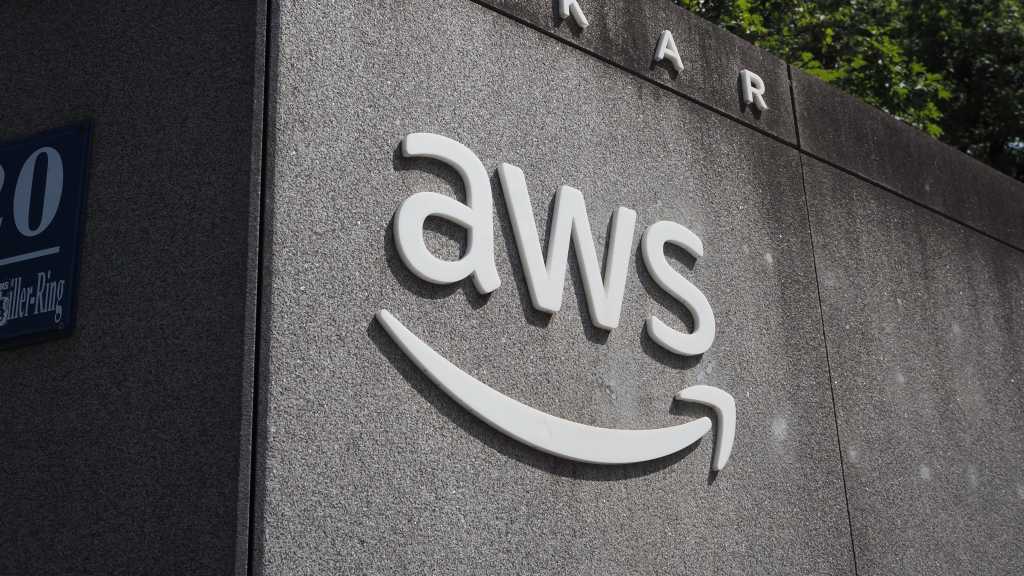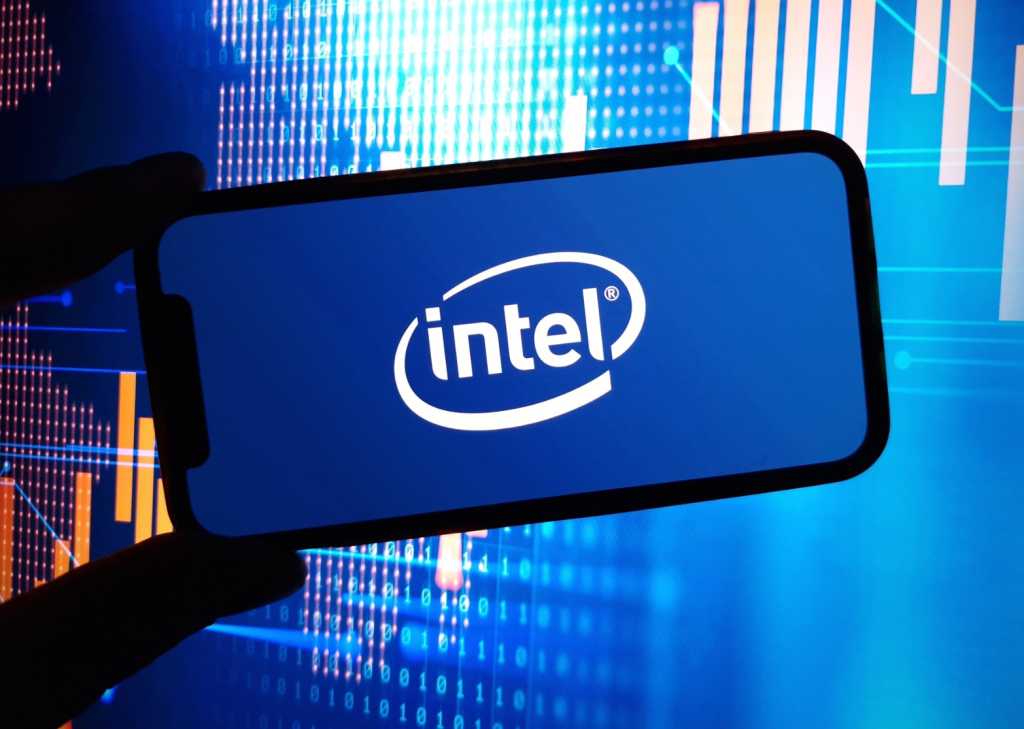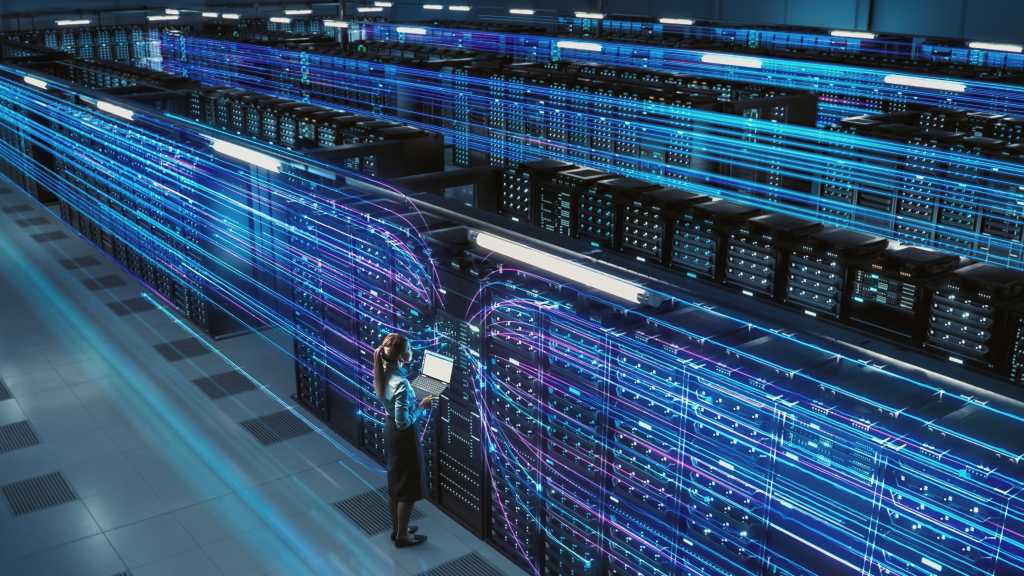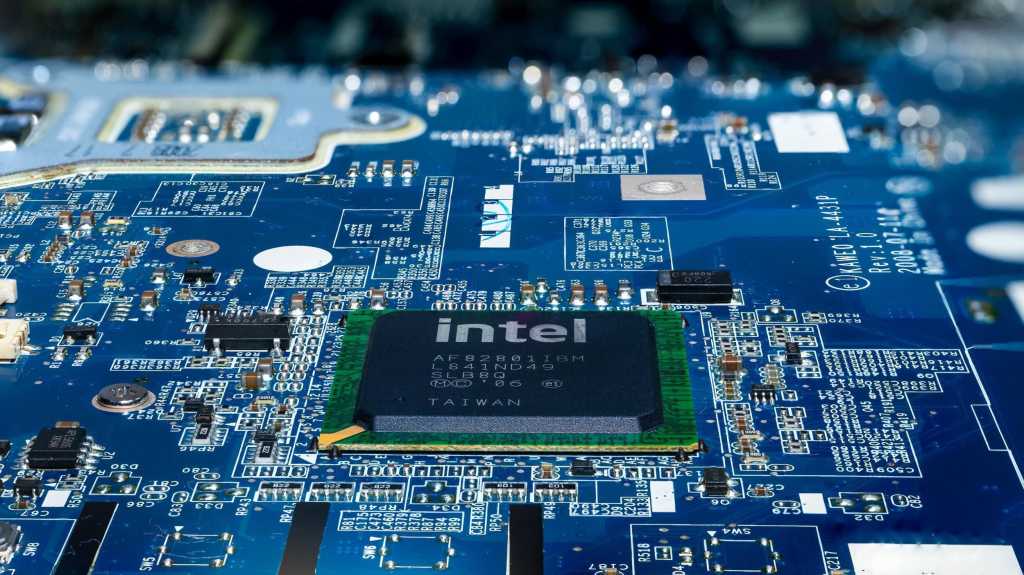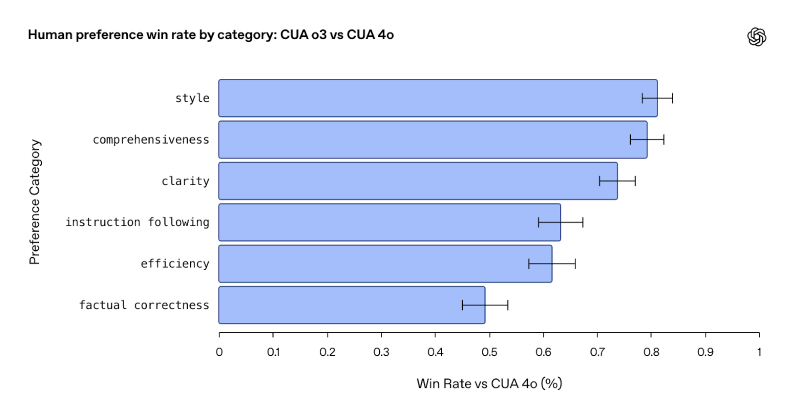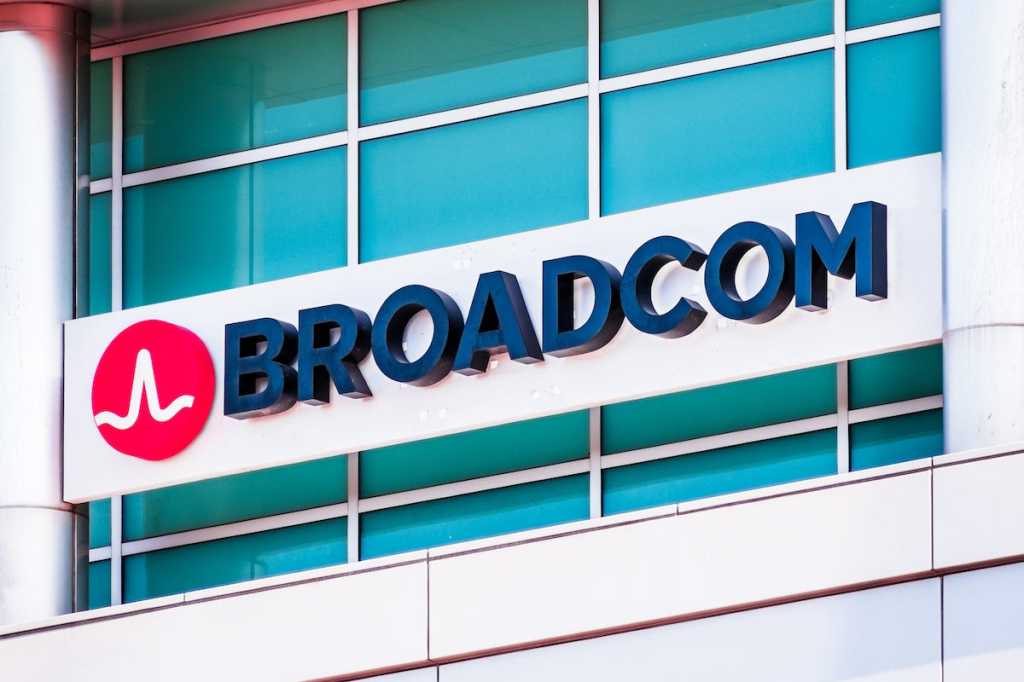
Regulatory storm brewing
The pricing crisis has triggered formal regulatory attention across Europe. Germany’s VOICE IT customer association has filed a complaint with the European Commission, while ECCO explicitly calls for regulatory intervention, including reinstating previous contracts and suspending Broadcom’s ongoing litigation.
“Unless Broadcom promptly implements critical changes, the company’s financial model remains legally and ethically flawed,” ECCO warned, noting that current practices appear to violate EU competition regulations.
Sekhri observed that Broadcom’s licensing overhaul has drawn fresh attention from EU regulators, though “it remains unclear whether formal action will meaningfully alter licensing behavior or lead to structural remedies.”
Strategic risks mount
Broadcom’s aggressive licensing realignment may secure short-term revenue gains, but risks long-term erosion of the strategic value from its VMware acquisition. “If customer attrition and compliance overheads accelerate, the very basis for acquisition ROI could be compromised,” Gogia warned.
Sekhri added that this growing tension introduces risk to Broadcom’s VMware monetization strategy. “The pace and rigidity of the licensing changes have triggered pushback from partners and customers alike, especially in regulated and sovereignty-sensitive markets,” she said.
For Broadcom, the approach reflects what Sekhri described as “a high-control, margin-maximization playbook that may yield short-term gains but invites long-term risks — especially if it alienates partners or accelerates customer exit paths.”



